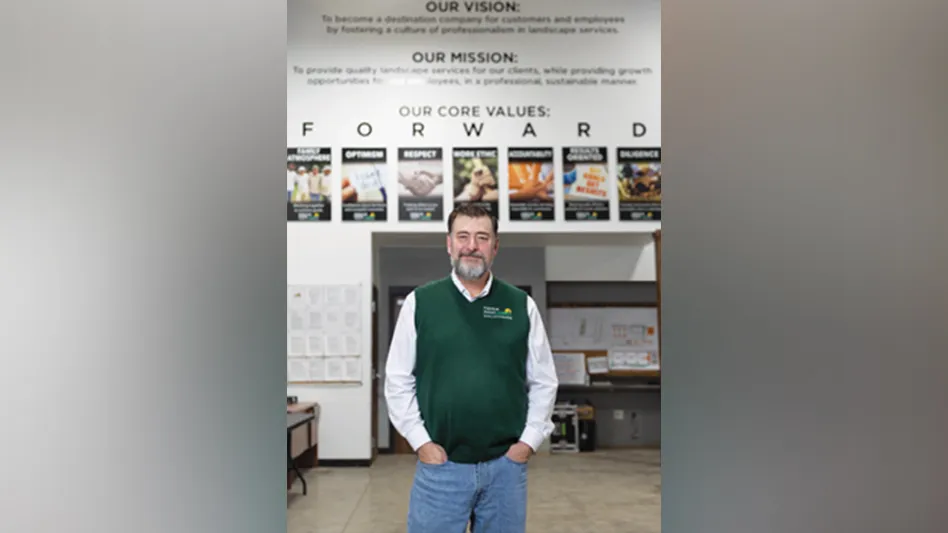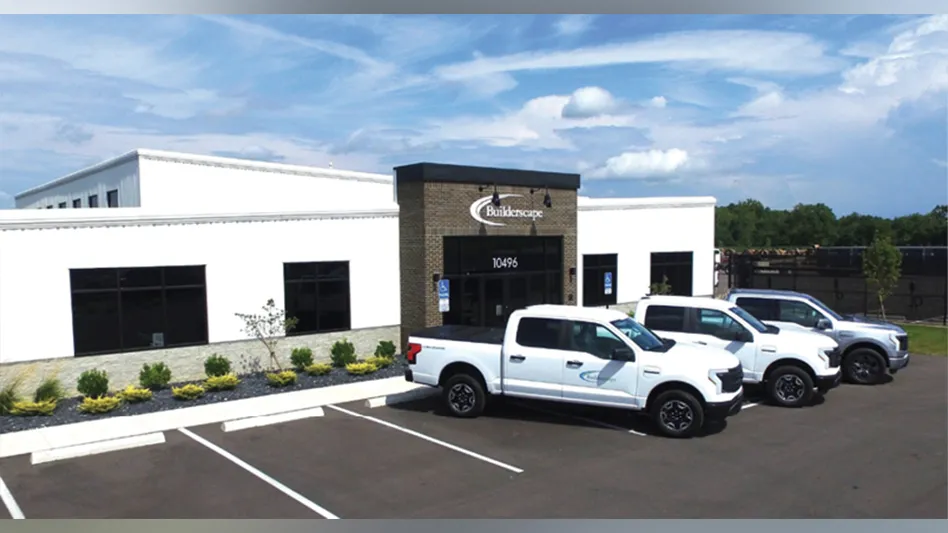
The shift toward larger backyard projects comes as the result of several factors, including a continuing interest in staying home and connecting with nature. Instead of going on vacations, more people are staying home and turning their backyards into places to hang out.
Most of these projects incorporate several natural elements like fire, water and stone. Hardscaping your yard is lower cost compared to renovation, says Frank Gandora, president of Creative Hardscape Company in Englewood, Colorado. To build an addition onto a home is usually around $300 per square foot, he says, but for 10 percent of that price, a homeowner can have a large outdoor space for entertaining.
Gandora experienced this phenomenon firsthand. He spent almost $100,000 to refinish his home’s basement but less than $20,000 for a sumptuous backyard patio area.
“Everyone wants to be outside. It just has a better feel to it,” he says.
The recent recession also reduced material costs, says Jeff Zock, a landscape architect with Ryan Hughes Design in Florida. That incentivized homeowners, prompting them to increase the scale of outdoor projects. The recession made people retreat from interior renovations and put funds toward backyard projects instead.
As the economy has improved, those projects got larger and more elaborate, Zock says. “People felt like they couldn’t justify remodeling, but they could see the sense in spending money on outdoor spaces. As a result, there’s been a huge surge in people wanting to invest in their backyards.”
Bigger is better.
The trend many contractors and landscape architects are noticing is more large pavers and slabs that require special handling and installation to prevent cracked units. Big pavers and slabs give a more natural look, Gandora says. “The sense of scale is bigger, so what we’re seeing is a preference for bigger pavers,” he says. “If you have a very large project with smaller pavers, it can tend to look busy and homeowners don’t like that, especially with so many elements in the space.”
Gandora thinks the paver industry may see issues with this trend in the near future. If homeowners start asking for larger pavers on driveways, they won’t work well there. Another disadvantage to larger pavers and slabs is weight.
Some can weigh up to 60 pounds, requiring specialized equipment to place them. But larger pavers are bringing advantages as well, Gandora says. Since each paver or slab takes up more area, they install faster, which increases production efficiency. They also create an expansive aesthetic similar to natural stone, he says.
Addressing challenges.
One of the major difficulties can be access, especially with homes that have landscaping or narrow passageways along the sides. That can increase a project’s cost because it takes more time to get materials into the backyard, Hampton says.
For example, on a recent backyard project that involved a grill island, fire pit, retaining wall and extensive pavers delivered along the side of a mansion-style house, Hampton and his team couldn’t use a skid-steer, so they used smaller equipment that required more trips. Overall, the project took five weeks, which was longer than it would have been with better backyard access.
But the extended timeframe became a positive, Hampton says. As the crew worked, the homeowner kept adding to the project, wanting more pavers and additional features.
Grades are another challenge with backyard projects. People often will want their hardscape floor to meet the back door or existing patio, but a contractor has to figure out how to create enough slope away from the house to prevent water problems. That usually means putting in more hidden drains and finding an appropriate area where they can empty.
Looking ahead.
Despite some of the challenges backyard projects present, many landscape architects, designers and contractors expect these outdoor living spaces to get even more extensive, especially as the economy strengthens and more of the population ages.
The backyard is no longer a mere grass patch the kid down the block grudgingly mows each week. These days, that space is a place as vital and lively as anything indoors. In some cases, it’s even more enticing than hanging out in the kitchen.

Explore the June 2016 Issue
Check out more from this issue and find you next story to read.





